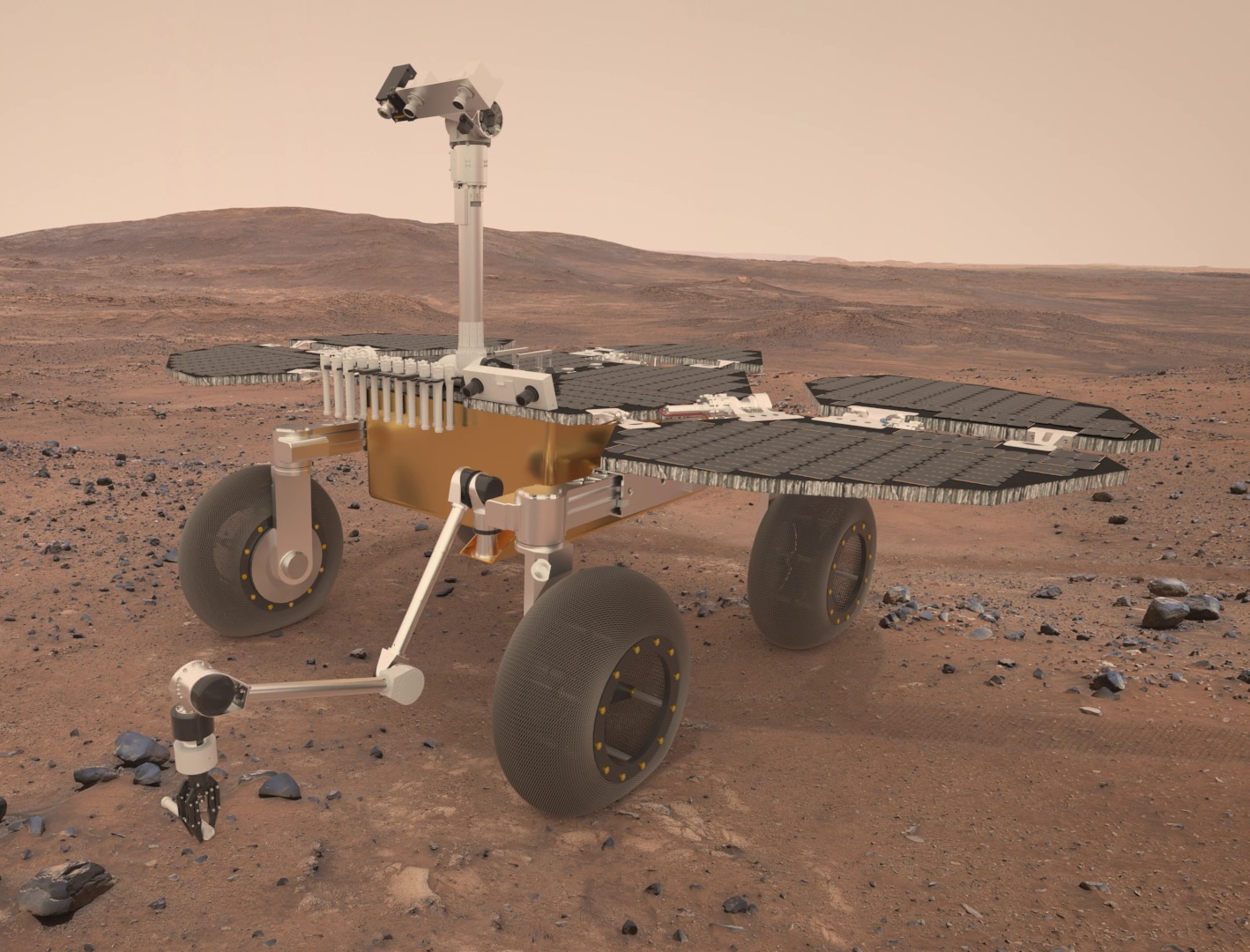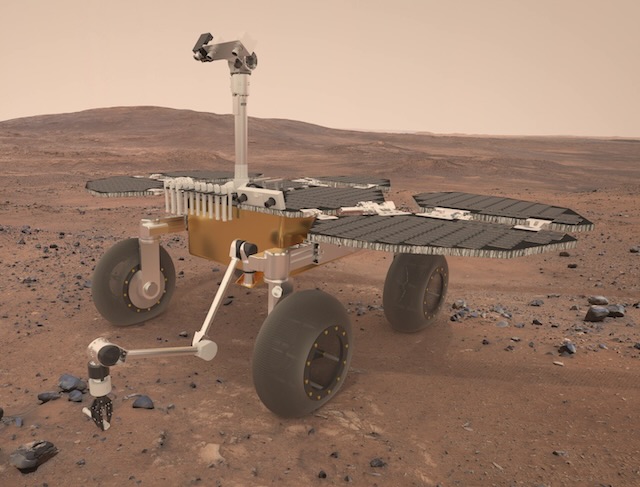TubePicker
Detect and retrieve sample tubes on Mars.

|
Funded by the European Space Agency (ESA). |

Detect and retrieve sample tubes on Mars.

|
Funded by the European Space Agency (ESA). |

In this project, we developed a two-stage approach to address the complex challenge of accurately estimating the pose of sample tubes on the surface of Mars [1]. These tubes, deposited by the Perseverance rover, are essential to the Mars Sample Return campaign, a mission that aims to bring back Martian soil and rock samples to Earth. Our work focuses on supporting the Sample Fetch Rover (SFR), which will autonomously locate and retrieve these tubes.
The first stage of our system uses a modified object detection model to identify the sample tubes in images captured by the rover. Once localized, the second stage employs a keypoint estimation technique to accurately predict the tube’s position and orientation using monocular images. By combining cutting-edge deep learning methods with traditional computer vision algorithms, we ensured that the system remains lightweight and capable of operating under the mission’s tight constraints, such as limited computational power and memory.
The developed solution was then integrated and validated on a testbed at ESA’s ESTEC facility. This testbed consisted of an ESA-designed mobile manipulation platform, called RABBIT, which mimics the capabilities of a sample tube-fetching rover. The RABBIT platform allowed us to test and refine our approach in realistic conditions, ensuring that the system can perform efficiently in a Mars-like environment.


 Bib
Bib PDF
PDF